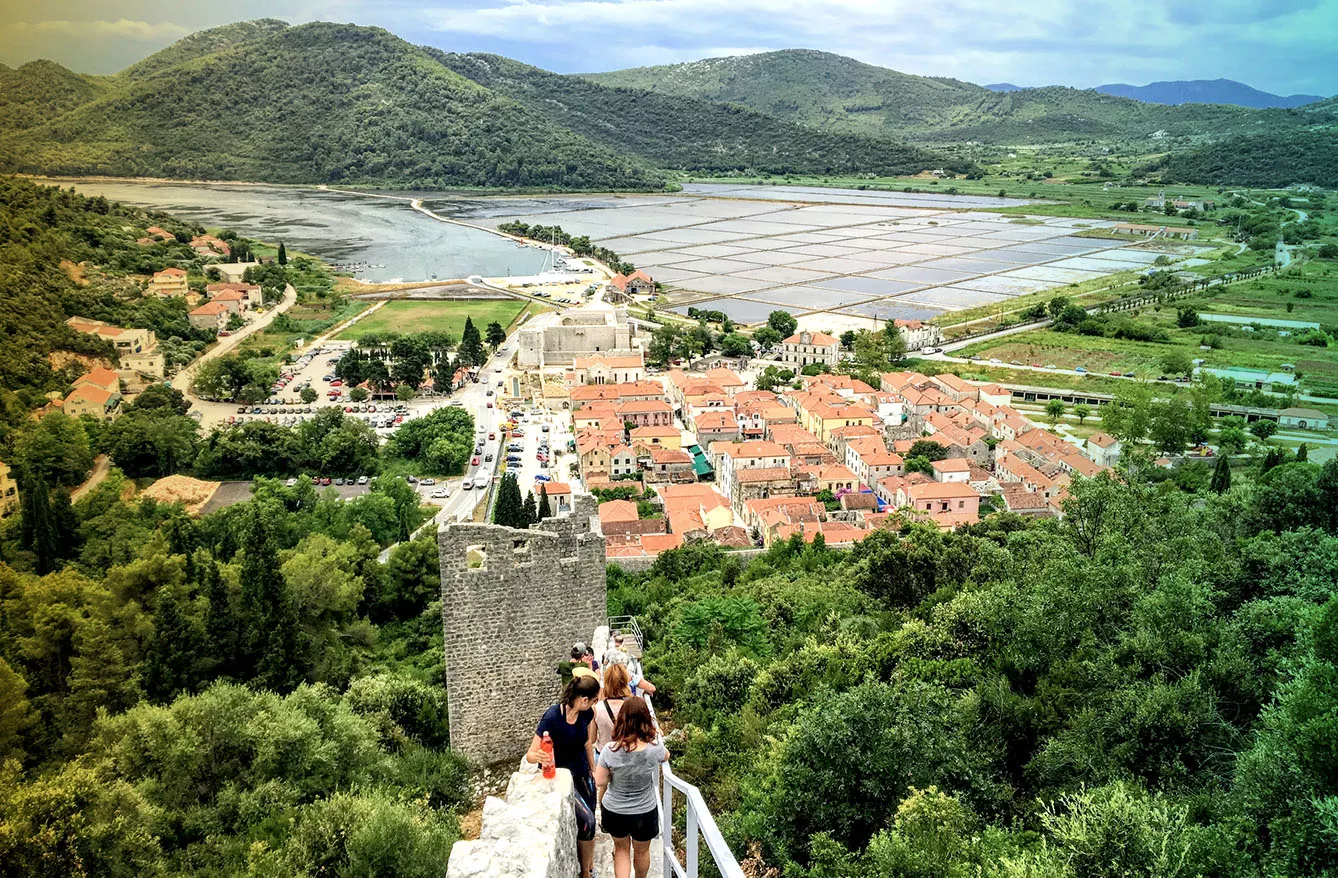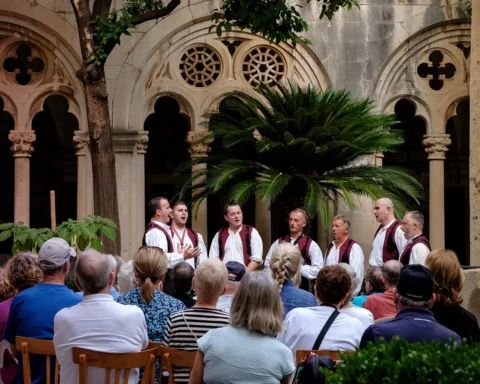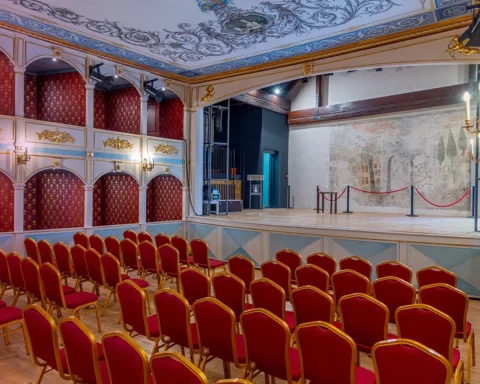During the times of the Dubrovnik Republic in the 14th century, today’s small town of Ston was the second most important town after Dubrovnik. Strategically located, it was guarding the white gold of the Adriatic sea – the salt. Dubrovnik’s government invested large sums of money in erecting the fortification protecting the peninsula from the Turks. May we add – successfully protecting.
If salt loses its taste…
The saltworks in Ston was founded by the Romans. The first mention of the settlement in connection with salt comes from 167 BC. This makes the Ston salt pans the oldest preserved and still functioning saltworks in Europe. They are also record-breaking sizewise, as the largest preserved saltworks in the Mediterranean. Similar to Nin, the salt here is produced using traditional, organic methods.
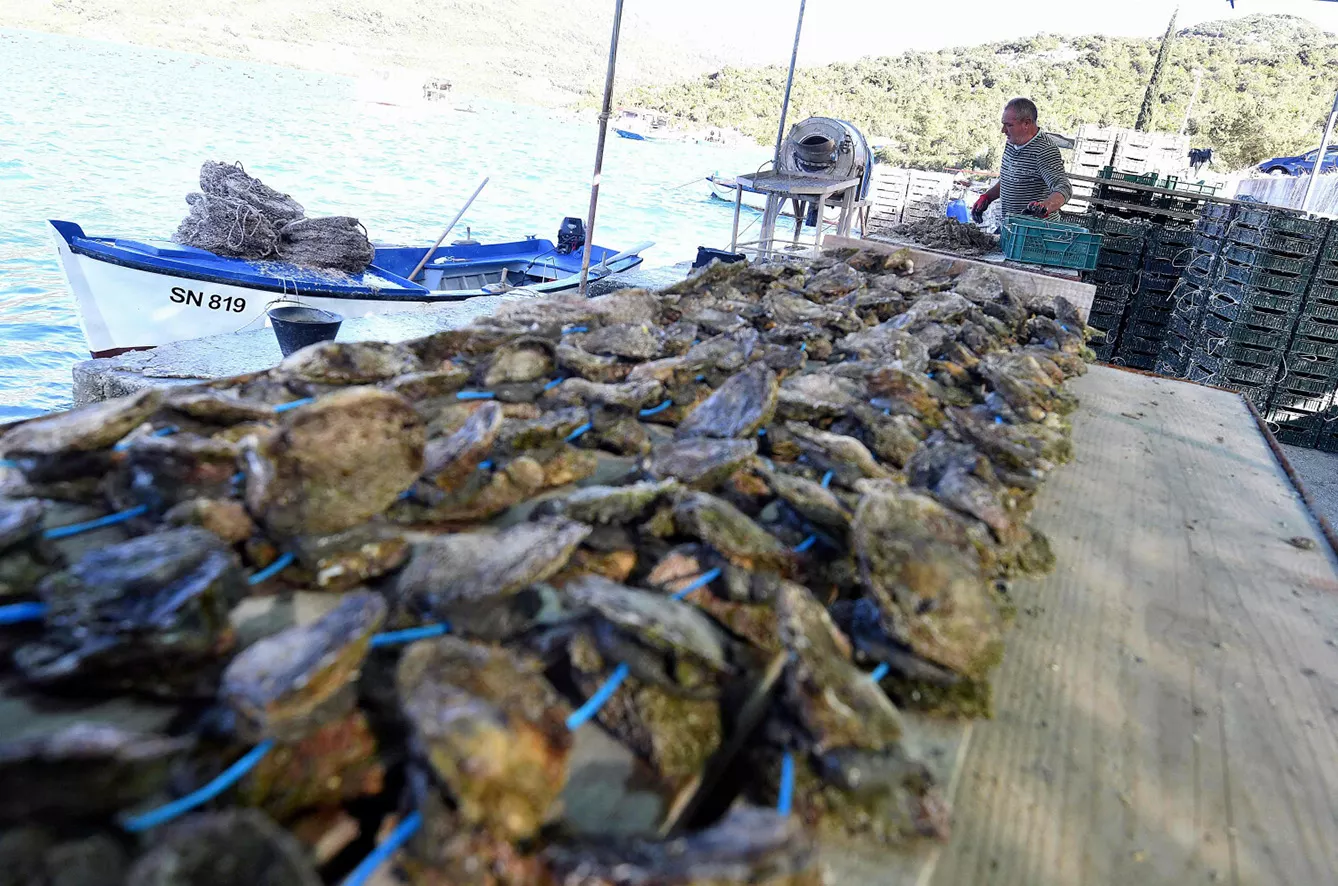
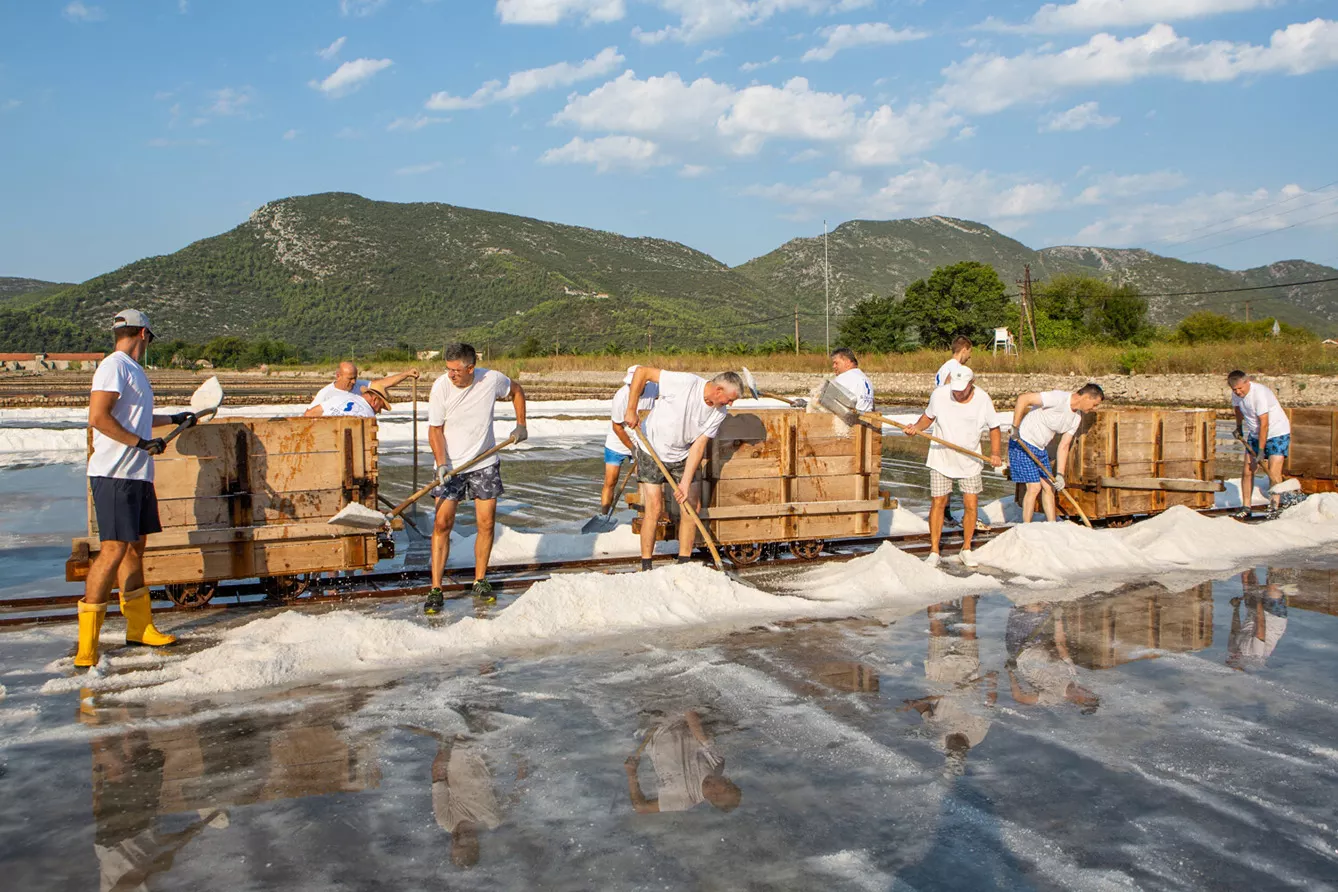
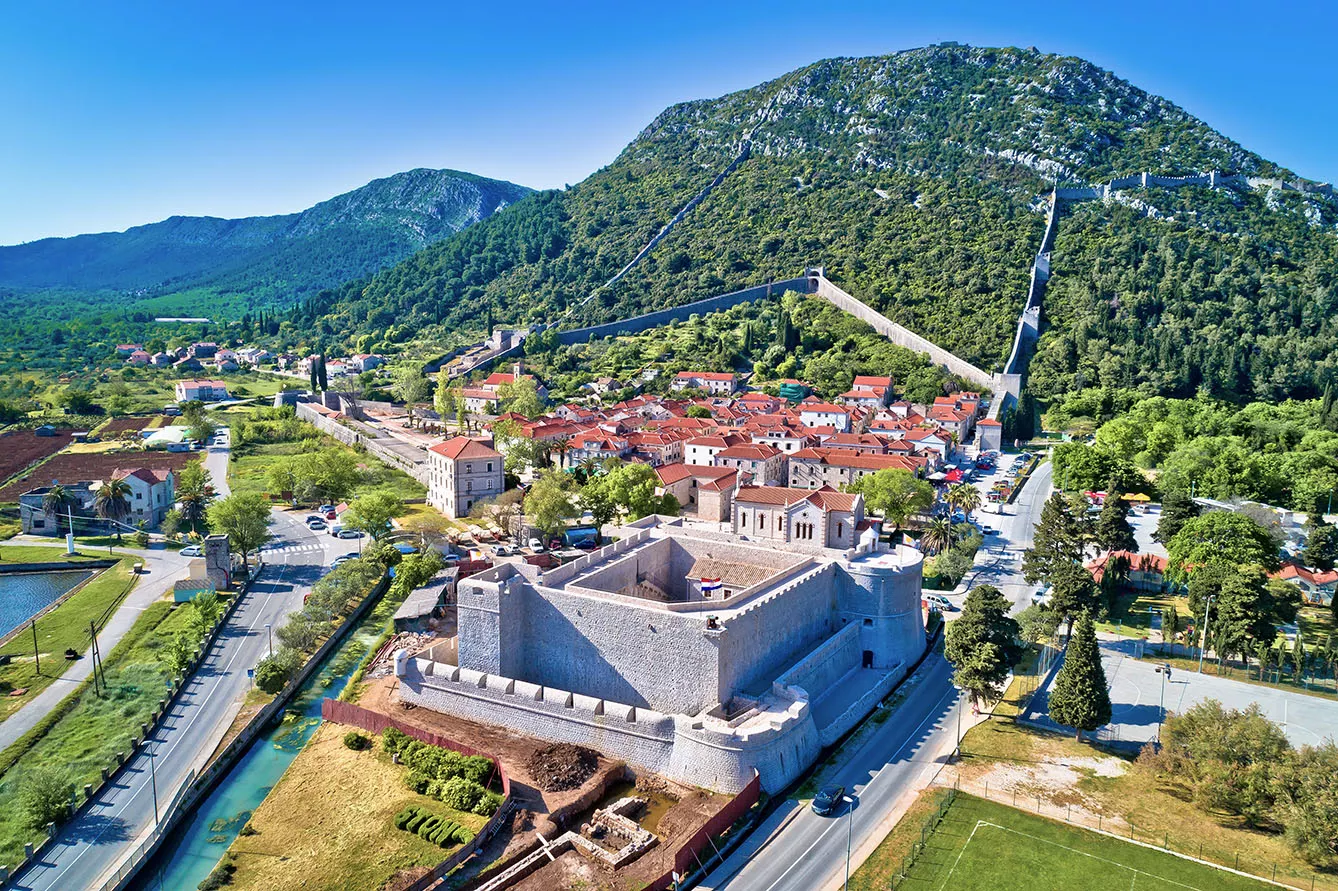
Fifty-eight pools allow for a whooping yield of circa 500 tons of salt per year! Back in the Middle Ages, salt was used to pay for goods and was precious enough to constitute a reason for waging wars. Trade routes were often established in such a way as to pass in the vicinity of saltworks. No wonder the authorities of the Dubrovnik Republic came up with a crafty plan to protect one of their main sources of income.
Keep them out!
Ston became a part of the Dubrovnik Republic in 1333. It quickly became its vital part, both economically and strategically. It is interesting to know that this small (by today’s standards) place was the second one in Europe to be built according to a plan (back in the day, spatial planning was not as obvious as today). The salt extracted in Ston constituted a third (that’s over 33%!) of the total income of the Republic. With the threat from the Turks luring in the shadows, something had to be done. And what better way to keep an unwelcomed guest out than by building a great wall (yes… things do get reinvented in the history of humankind.)
The construction began in 1334 and lasted until 1506. It consisted of circa 7 kilometers of walls, 40 towers, and seven forts. Impressive! It is even more interesting to learn that Ston walls are the second tallest walls in the world. Right here in Europe.
After the Dubrovnik (or Ragusa) Republic collapsed in 1808, many of the stone was recycled and sold – towers and forts were dismantled. Still, today about 5 kilometers of the walls are proudly towering over the countryside, having seen two World Wars and the Croatian War of Independence in the 1990s.
As if hiking onto the longest European fortification wall was not enough, you can try… running on it. Every year a unique marathon event is held in the city of Ston. To be precise – on its walls. You can choose from three routes – the full 42 kilometers, which will also take you on the narrow paths of the precious saltworks, a mid-length 15 kilometers, or a Fun Run option of 4 kilometers (if you consider running up a tall stone wall in September, Croatian sun ‘fun,’ that is.)
Well-hidden secret of Ston
Ston walls might be widely known for protecting the richness of its saltworks, but they had another precious gem to hold. Or a pearl, to give you a hint.
Oyster farming is a centuries-old tradition. In Mali Ston, a part of the Ston fortification system, the locals harnessed the art of cultivating this famous aphrodisiac, and their oysters are still considered to be one of the best (if not the best) in the world. In 2020, after five years of hard work of the oyster farmers, the Mali Ston oyster was awarded the European Protection Designation of Origin.
If you love seafood, then the unique taste of Ston oysters must make it to your bucket list. Better yet, try and make it to the area for the Feast of Saint Joseph (19th of March) when the Ston Oyster Festival is held. The gourmet dishes prepared for that occasion are bound to stay in your tastebuds’ memory forever.


